Pen: Doric “Junior” full size ca. 1930s
Material: Pyralin Plastic (Celluloid)
Colour: Jet black
Length capped: 5 1/4″
Nib: #3 adjustable flex nib
Similar to the third pen from the left on this 1932 catalogue:
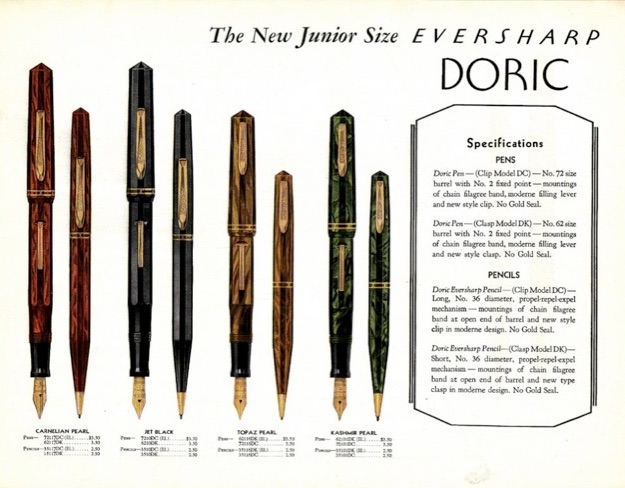
This pen sat untouched for a long time. To be perfectly honest, I had been reluctant to touch this one. Dorics are among the most sought after pens, especially when it has an adjustable nib, and I just felt that my skills were unworthy of the pen. One way or another, the pen needed restoration; and it was about to be sent off to a pro, before the section gave way to a gentle heat, so I thought, I might as well finish the job.

The old sac was a pain in the behind to remove completely. I scraped and scraped but crap kept coming out from the barrel. The lever retainer at the end of the barrel (unique to channeled type pressure bars) made the job more difficult, but eventually I got them all out.
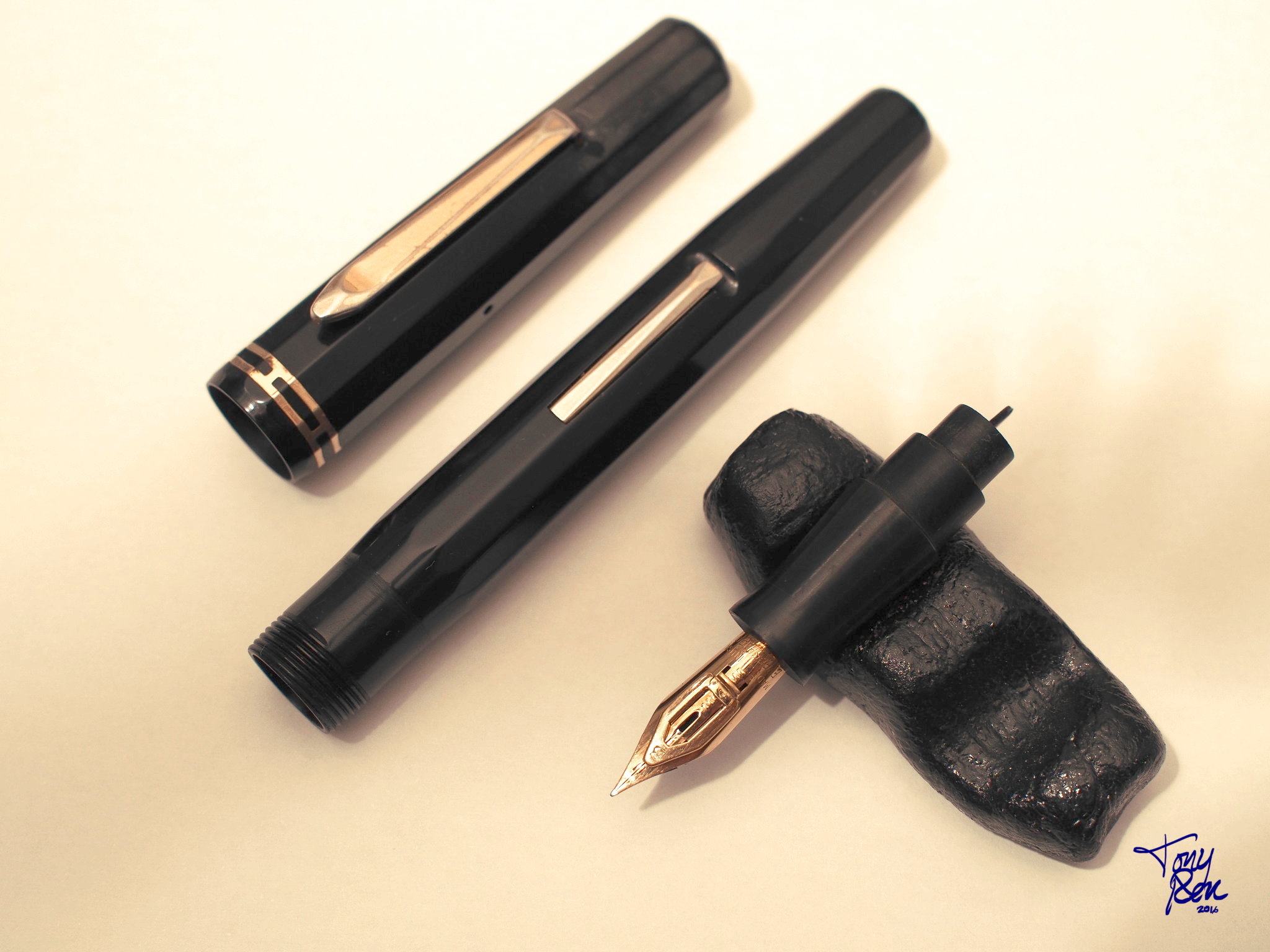
Now the body and cap have been gently repolished, nib and feed realigned, the nipple cleaned, it’s ready for a #17 sac. The consensus seems to be that the darker colours are less prone to crazing. However, if you look closer there are signs that the cap on this Jet black model has crazed a bit. That doesn’t bother me much, I think of it as grandpa’s grey hairs. But to prevent more damage, I will only put the sac when I’m gonna ink the old fella.

The writing sample was only dipped, so it doesn’t represent the nib 100% for lack of flow. Nevertheless, I set it at both flexiest and stiffest setting. The nib is an EF at the stiffest setting, and on the other end it turns into a flex monster from EF to BB at the slightest pressure.
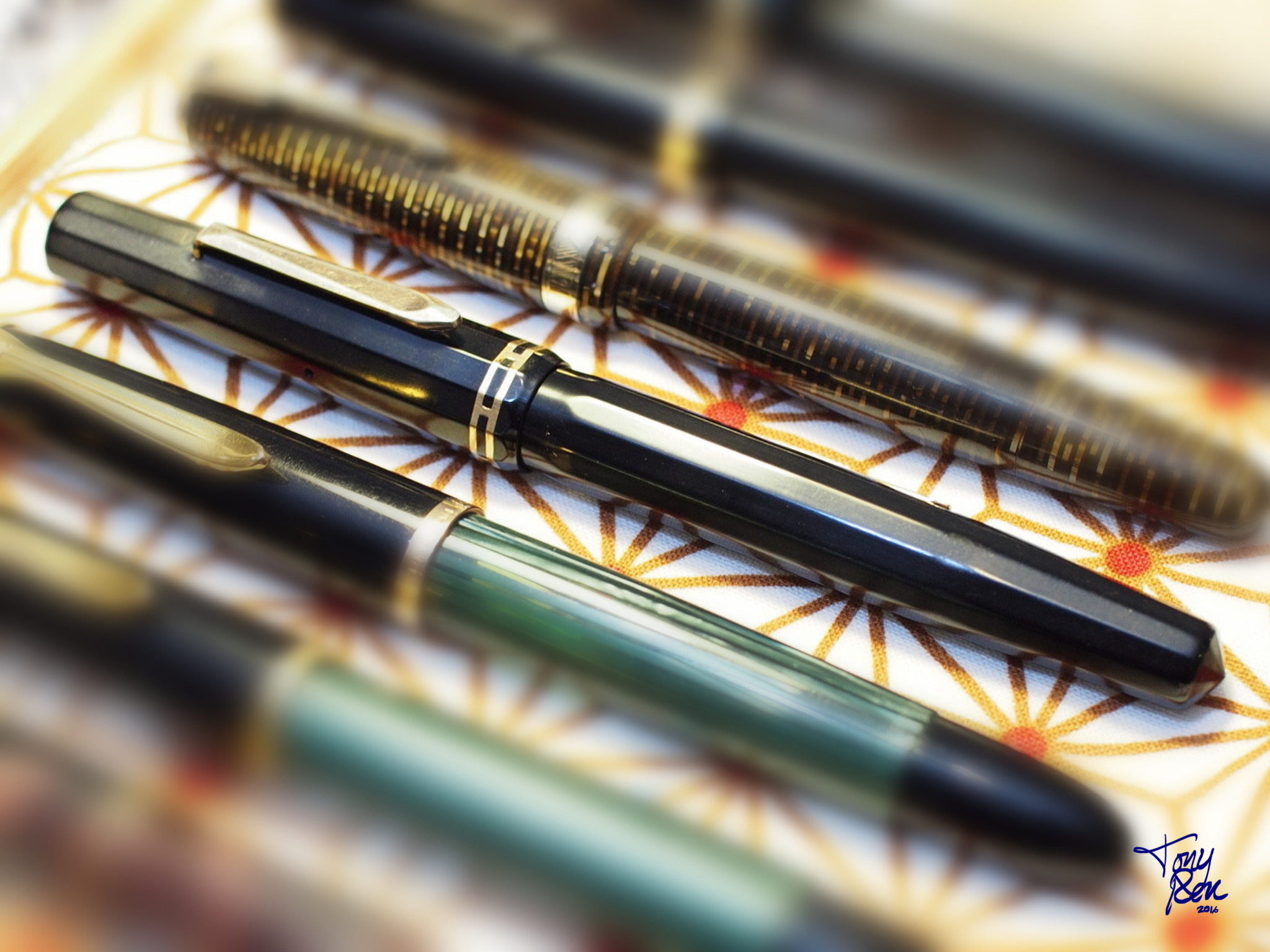
I’m particularly happy with this restoration because it didn’t cost me a professional restoration fee (plus postage both ways), on the other hand, I’ve learned a lot. What a great addition to my collection. —TR
More to come, full restorations of:
– 2x 400NN
– 2x Showa PILOT
– 2x Newhaven Duofold
– 1x Vacumatic
– Another DIY pen tray & pen toolbox rearrangement
New or restored pens I haven’t had time to look at: 2x PILOT Namiki, 1x oversize Kato Seisakusho, 2x Kakunos (for the daughters), Sailor STORiA ink, PILOT Music nibs, etc.
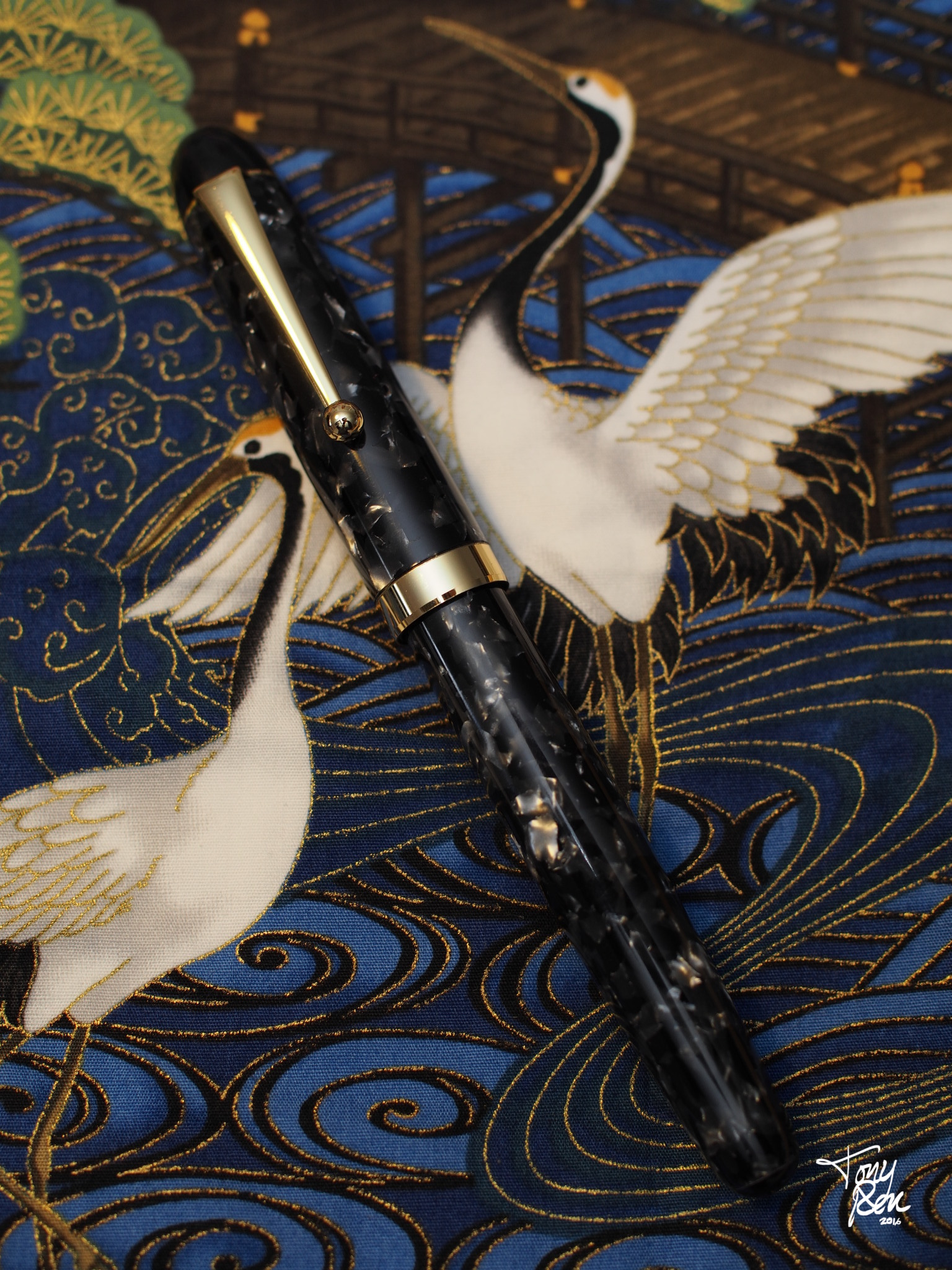







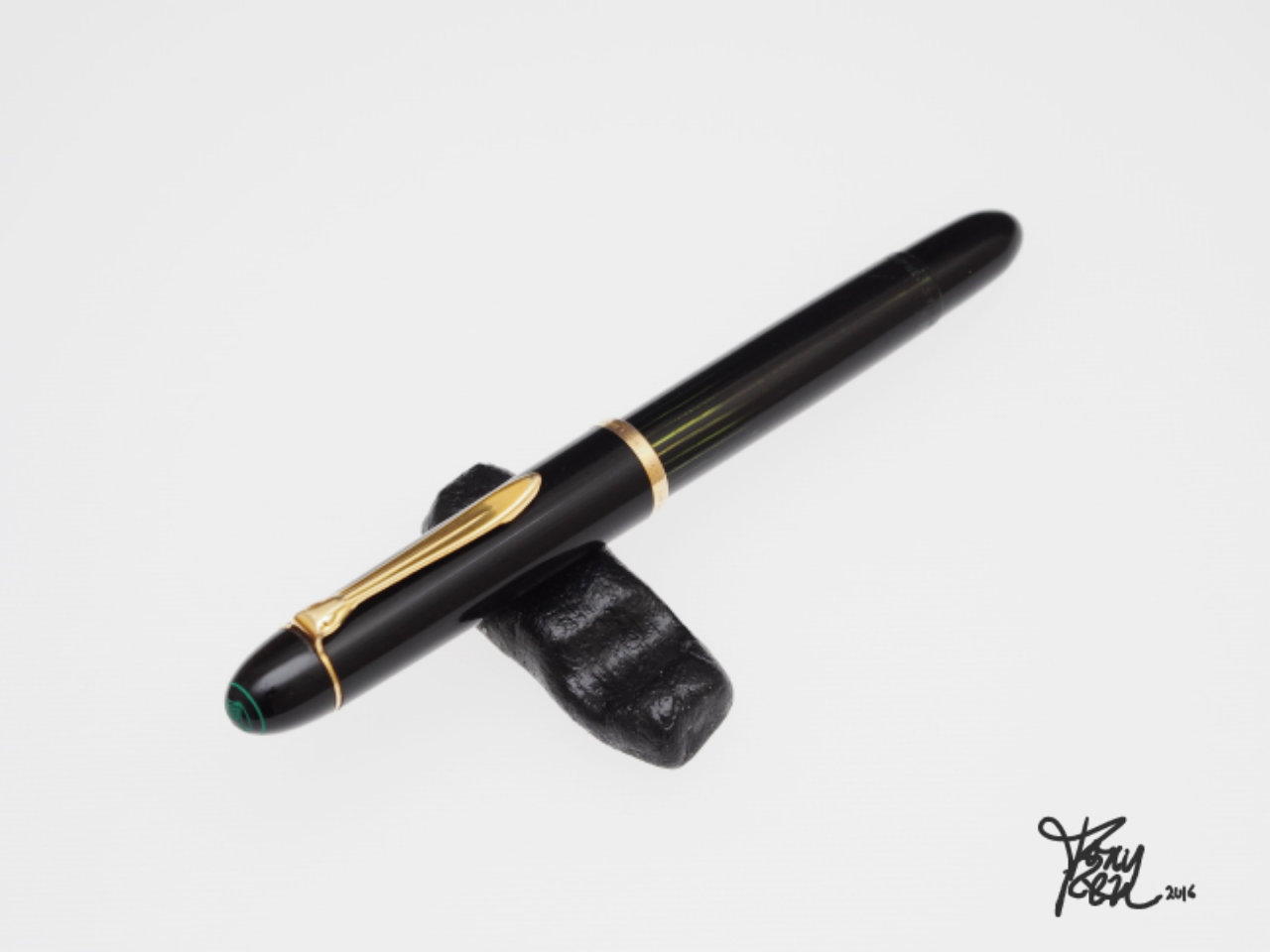
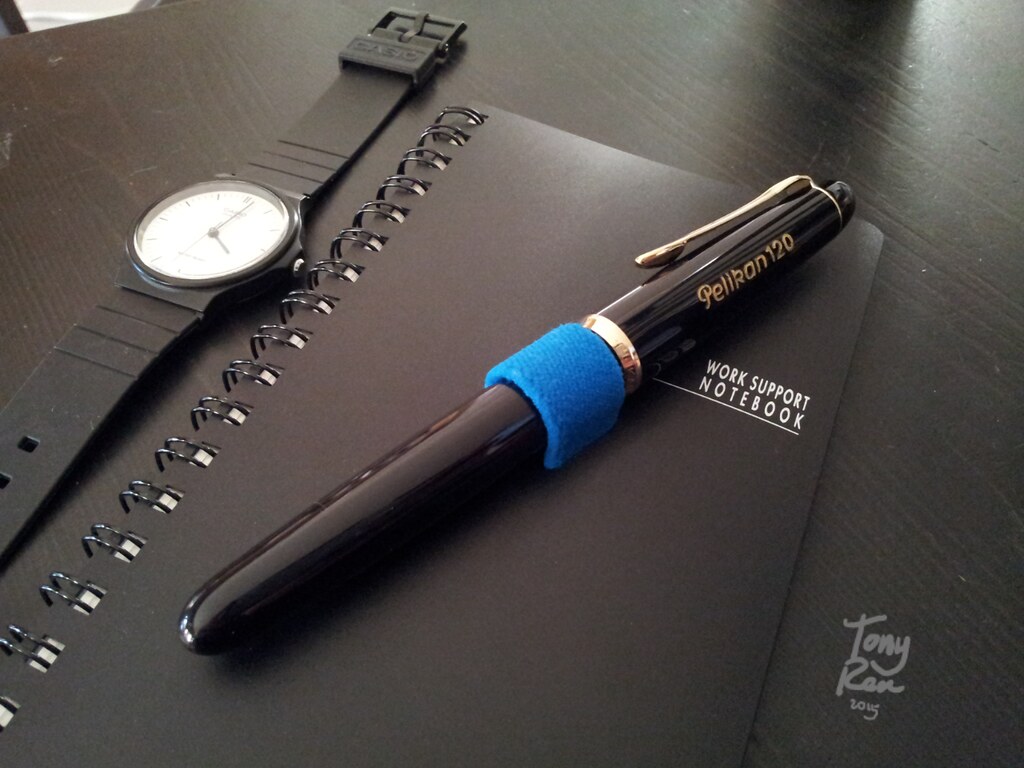

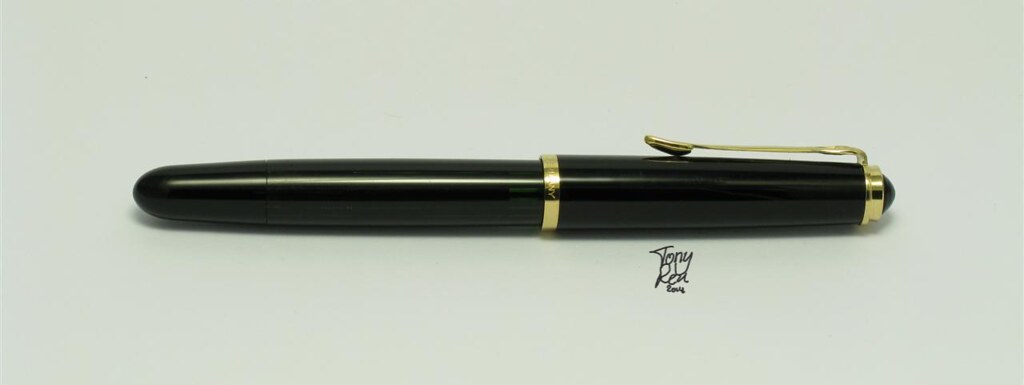
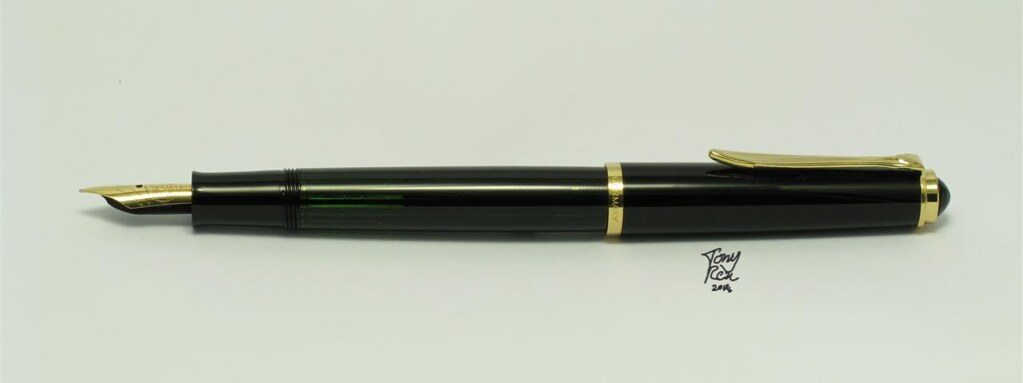
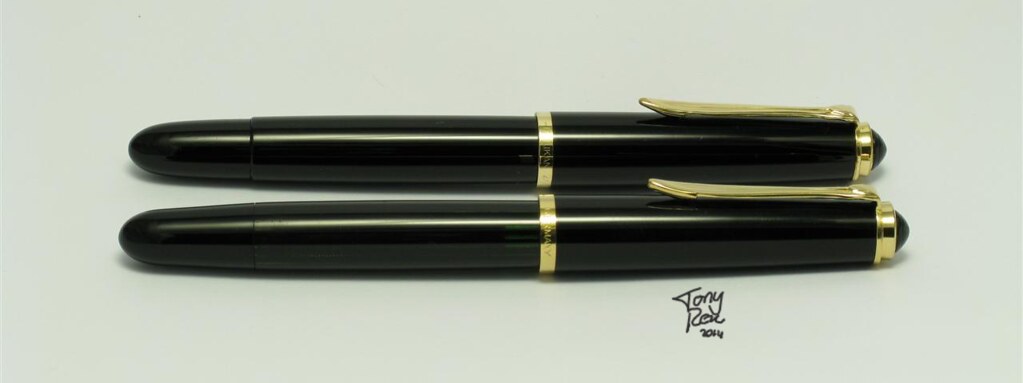
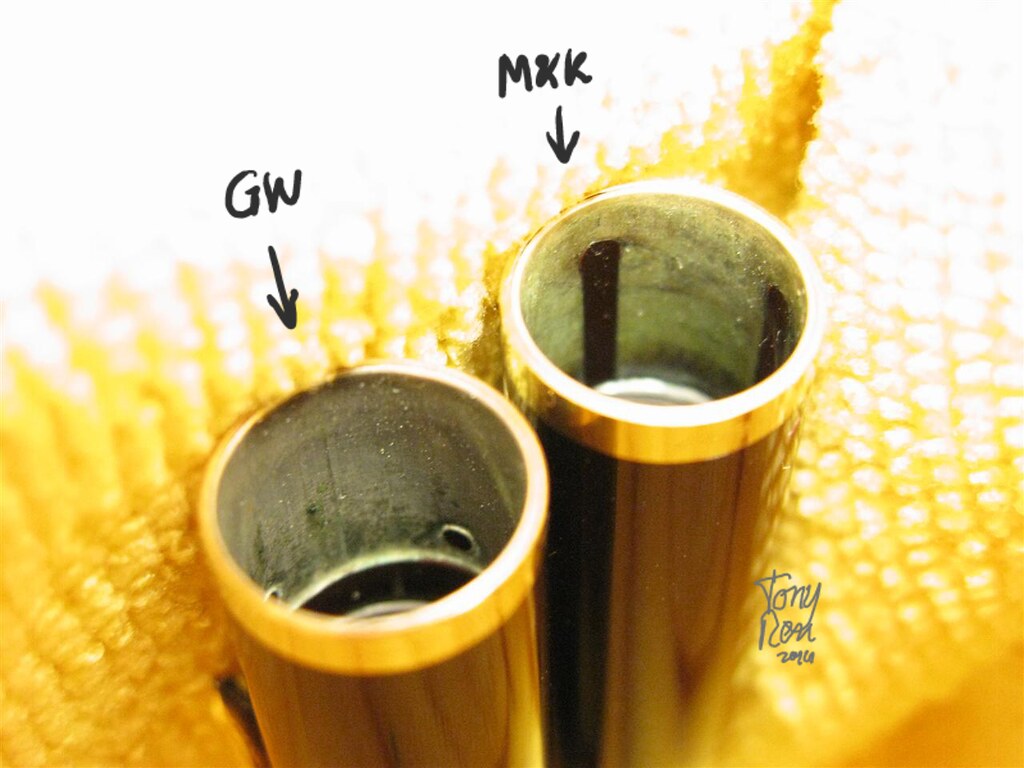

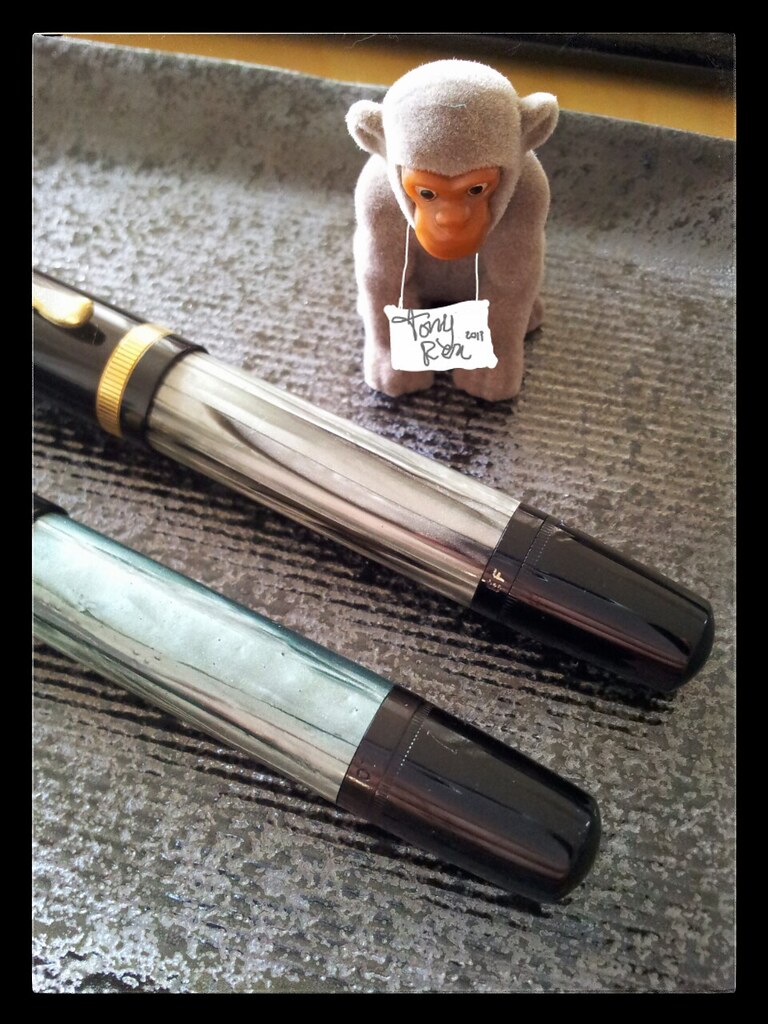


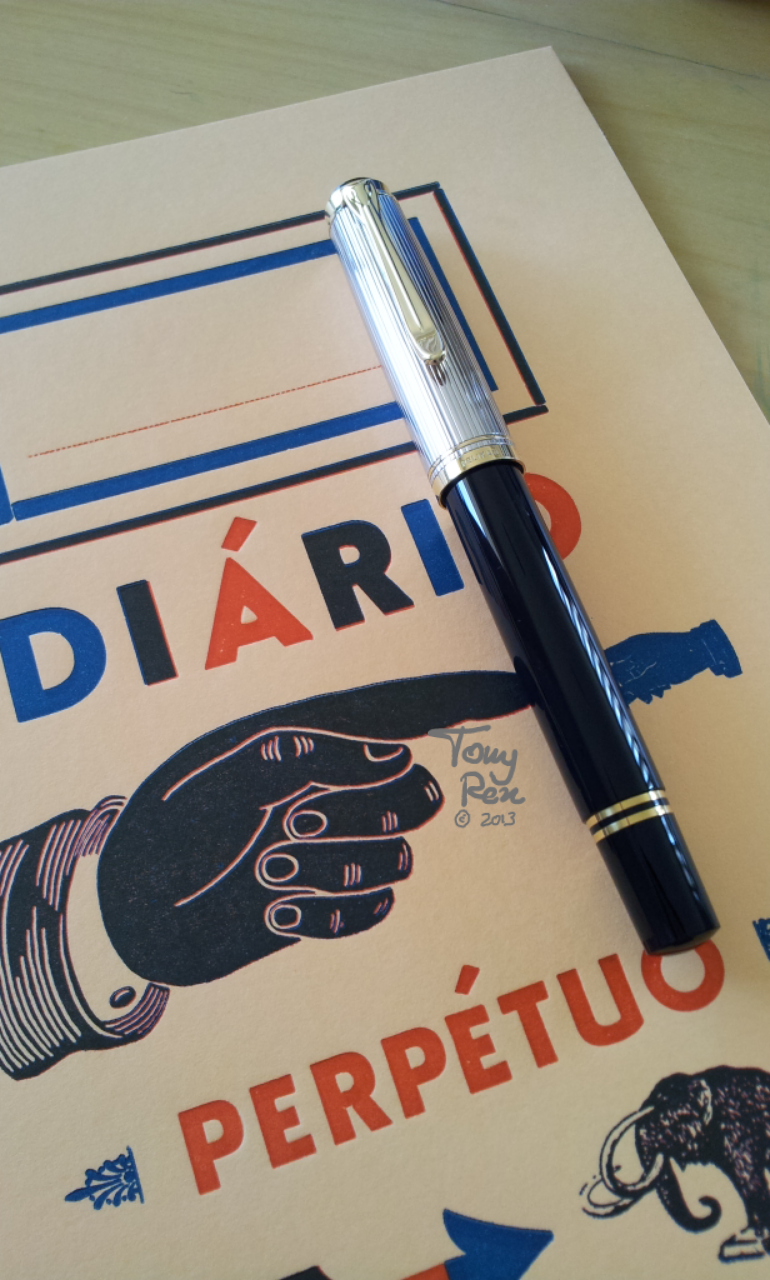
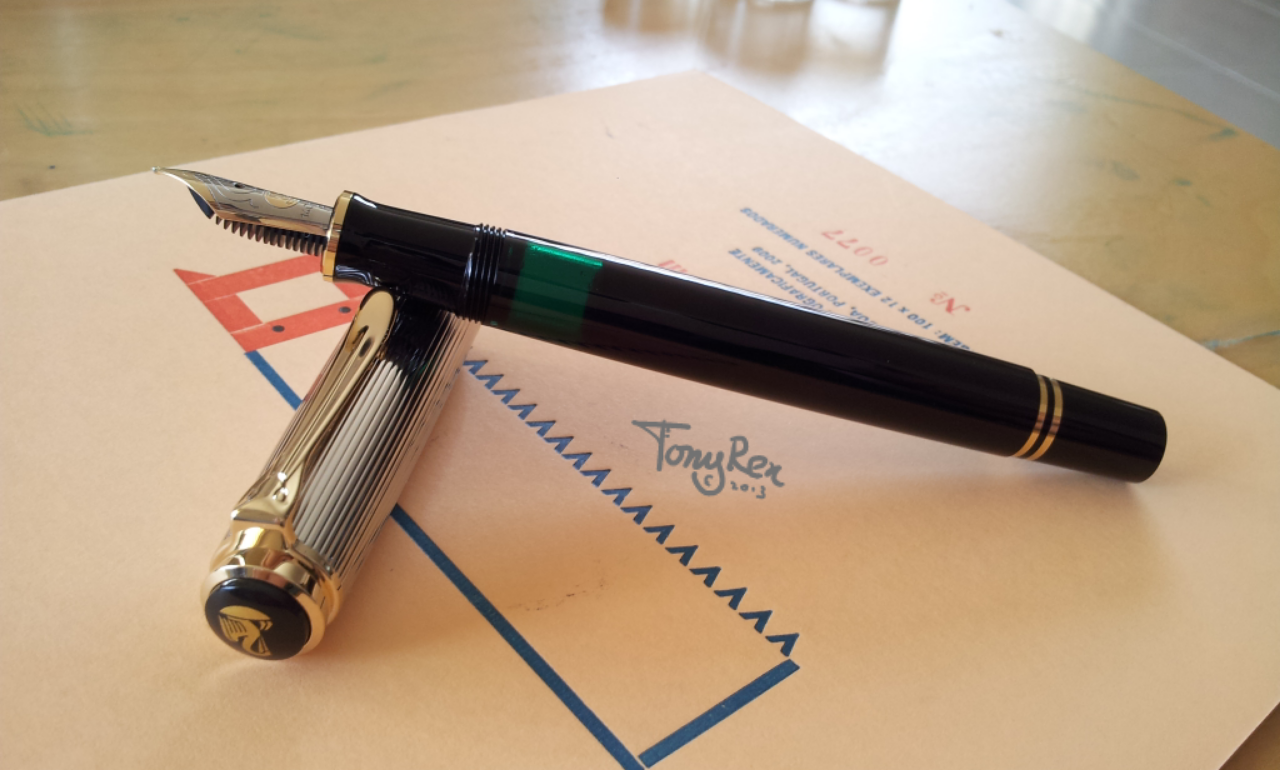
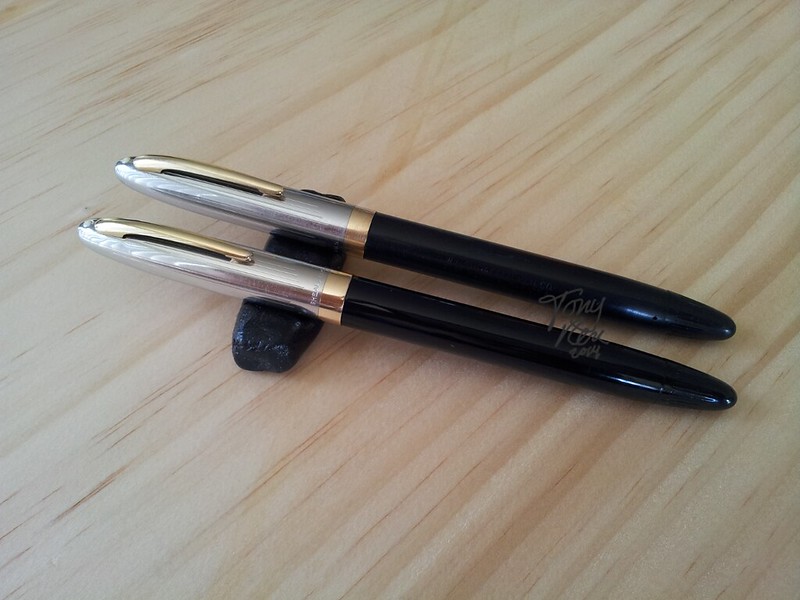
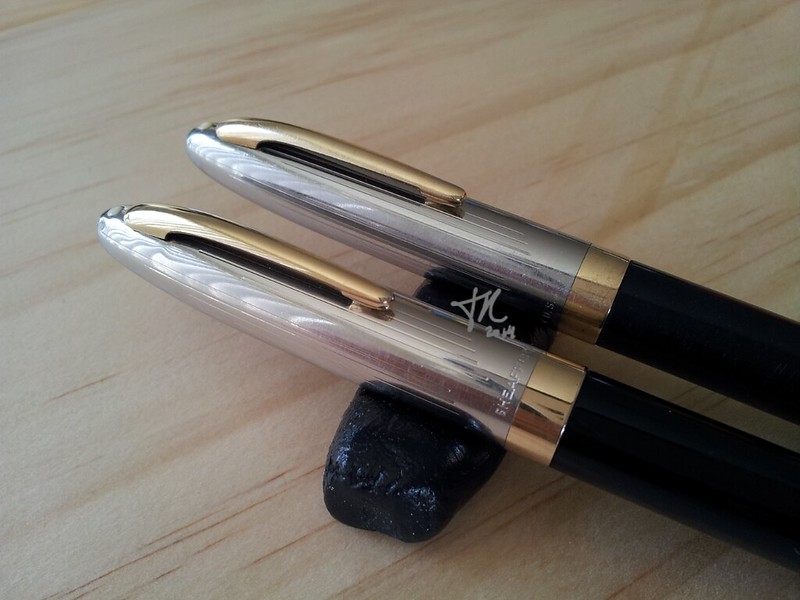
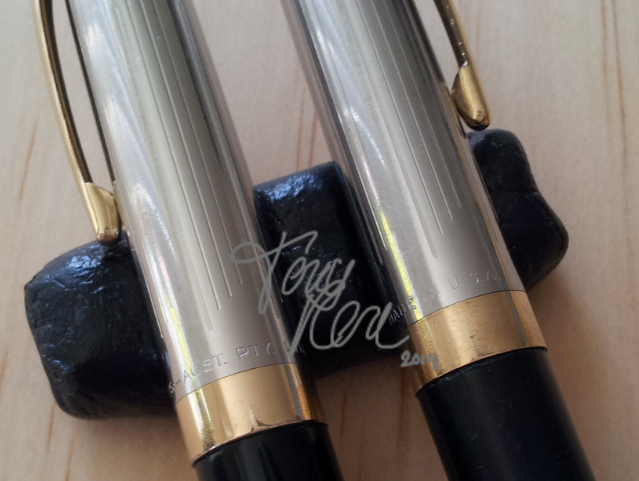
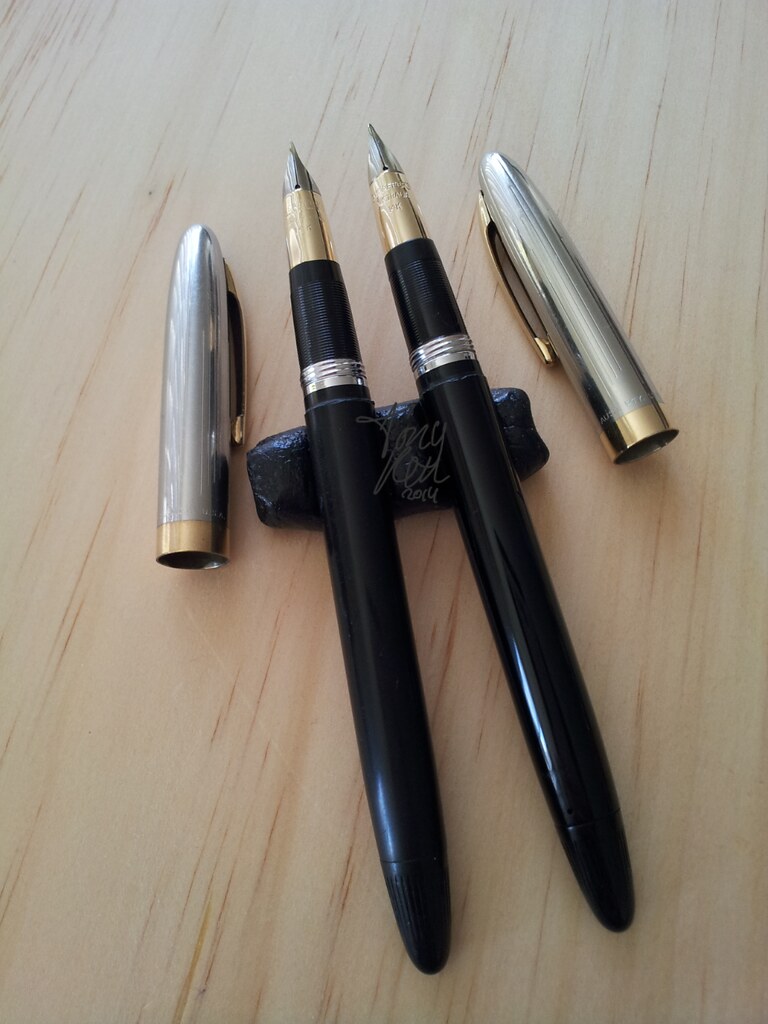
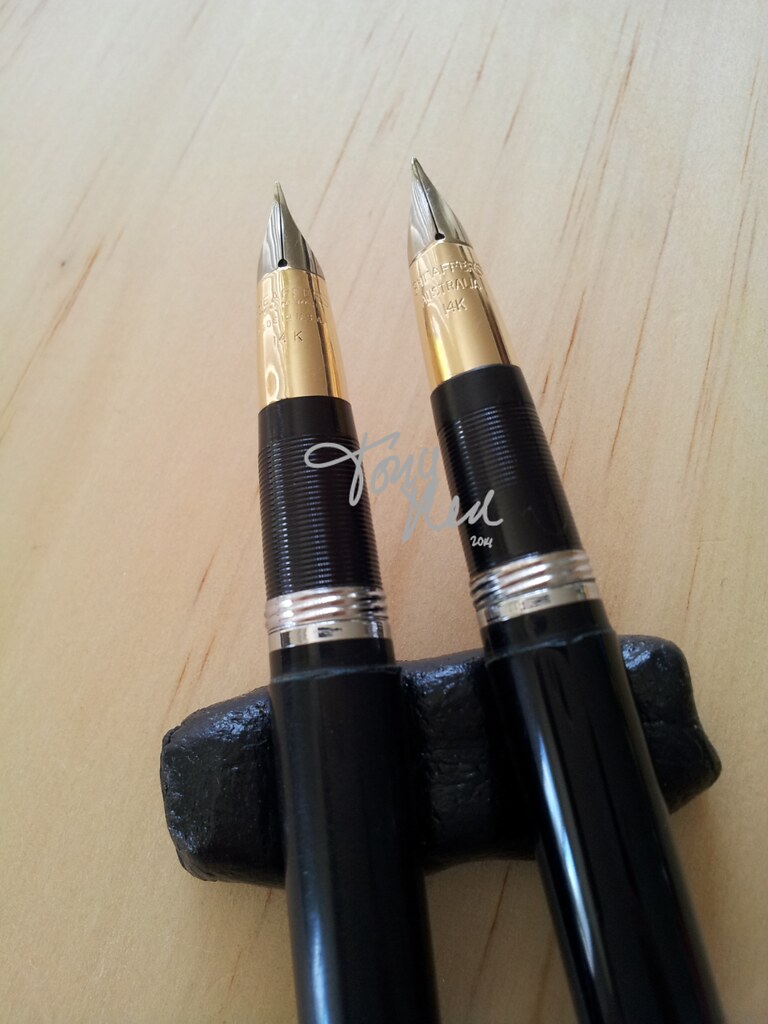

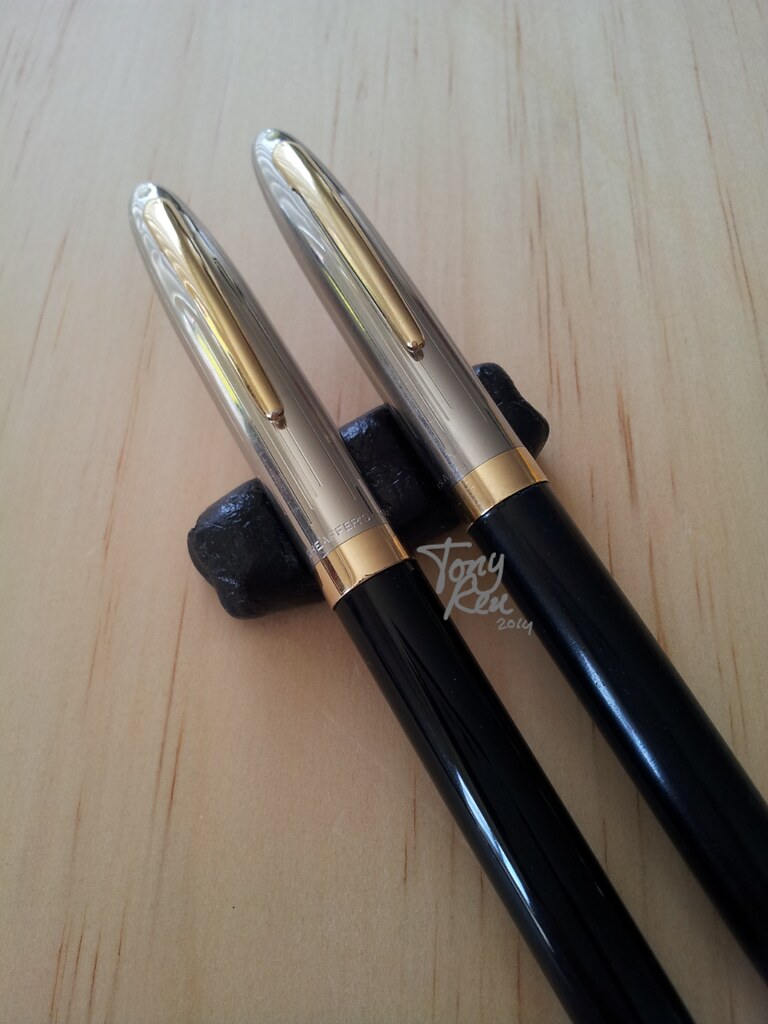
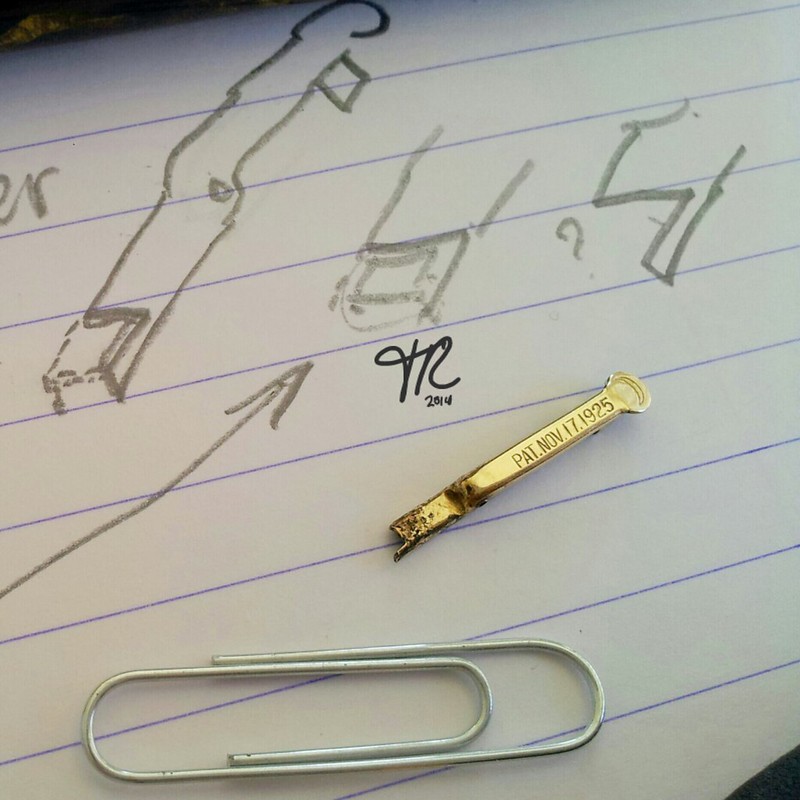
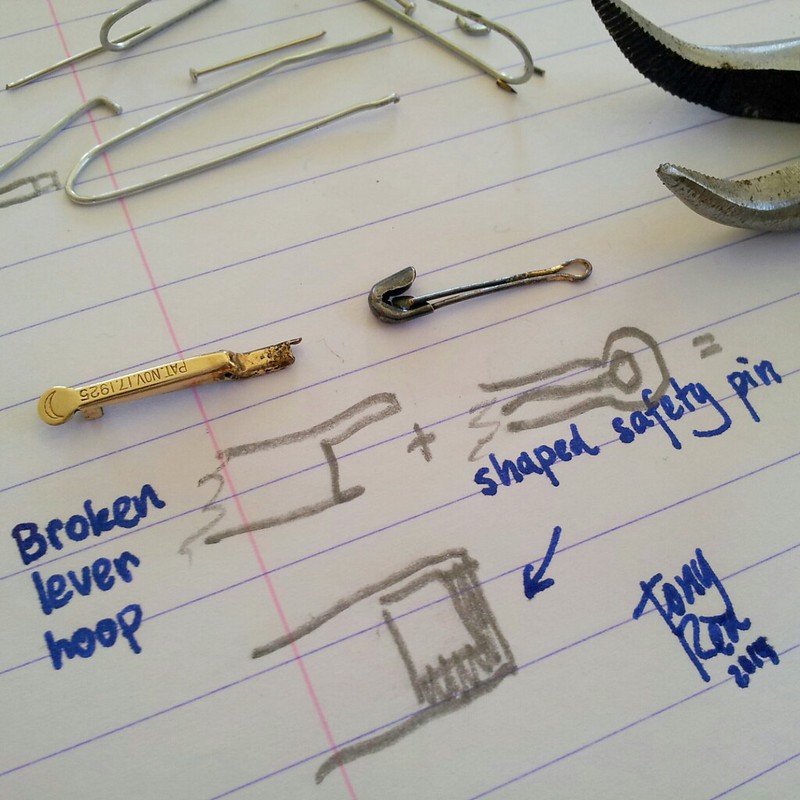

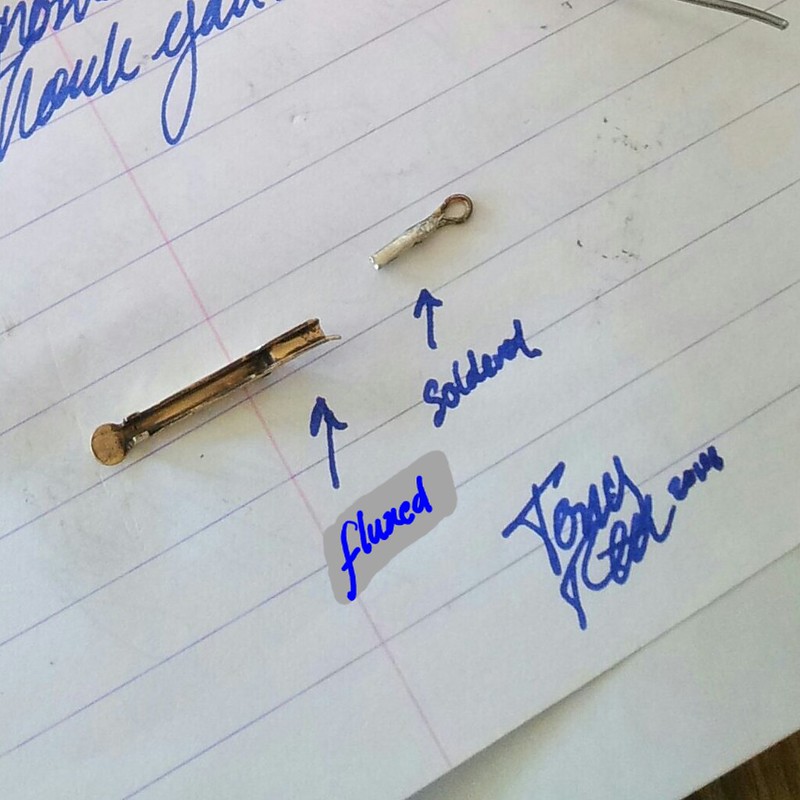
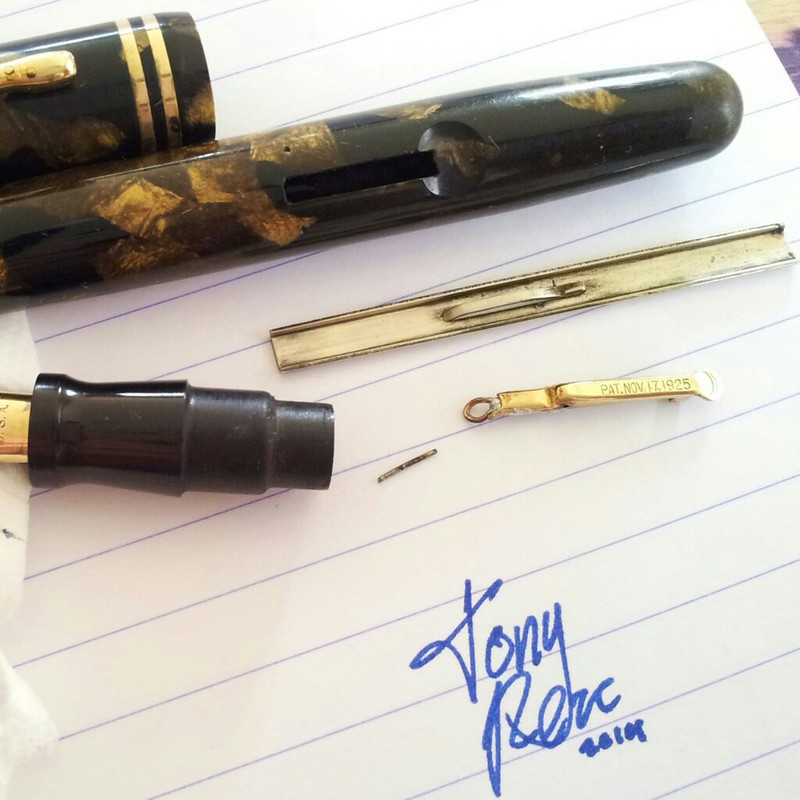
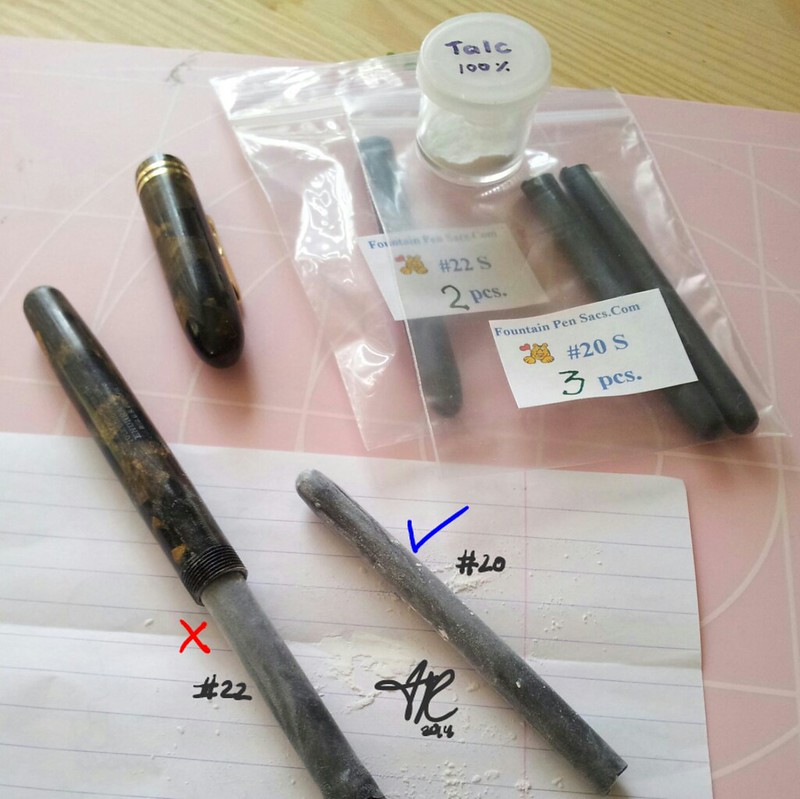
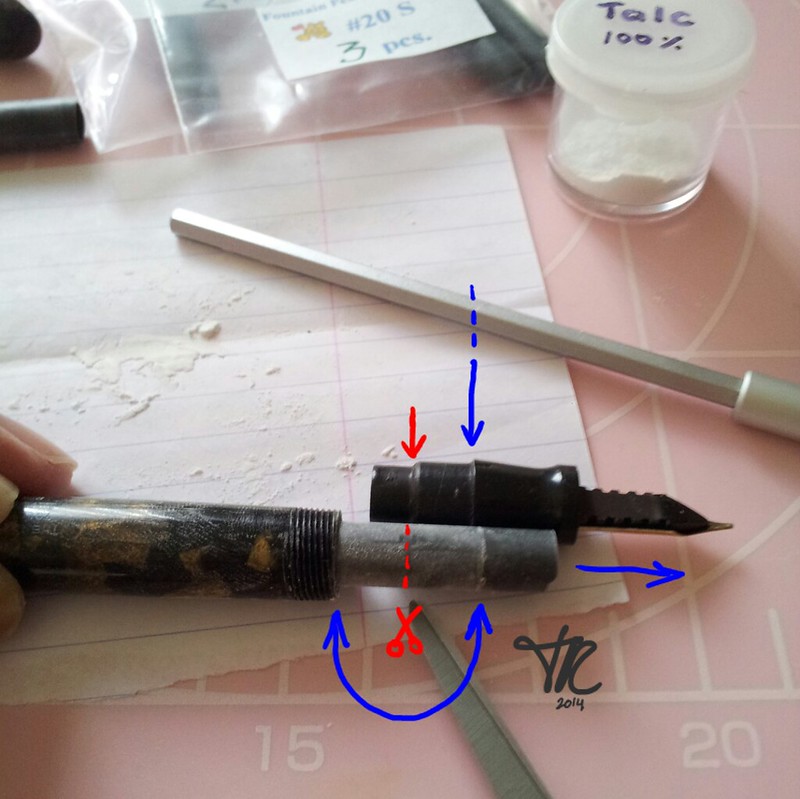
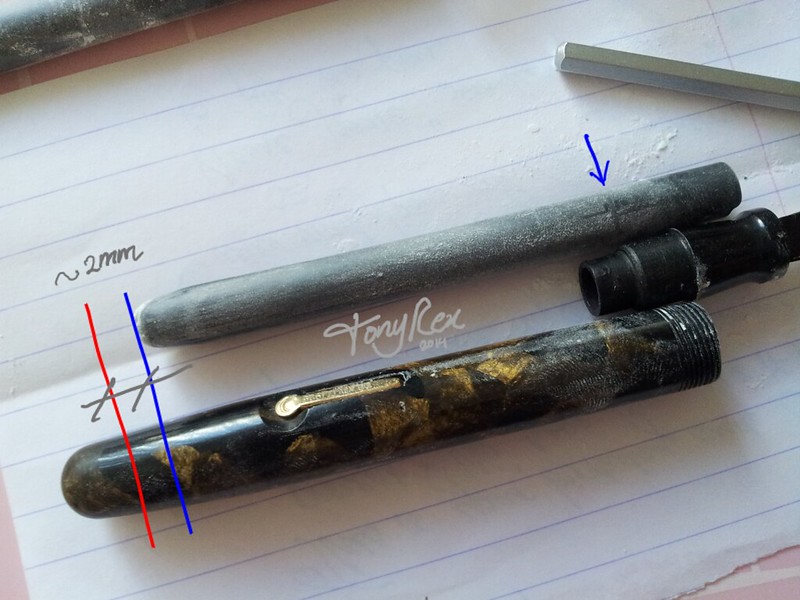
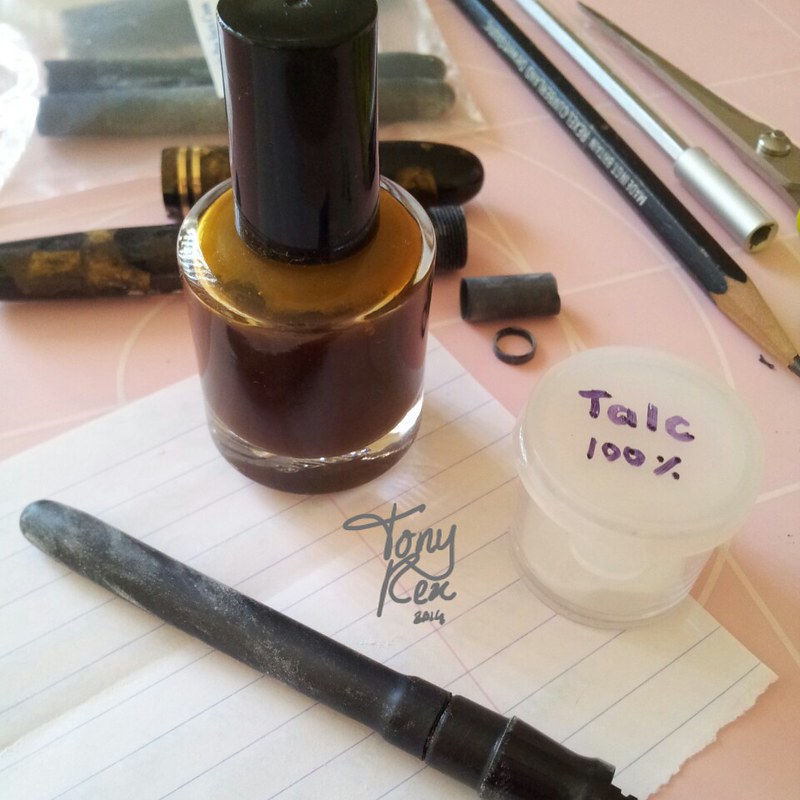

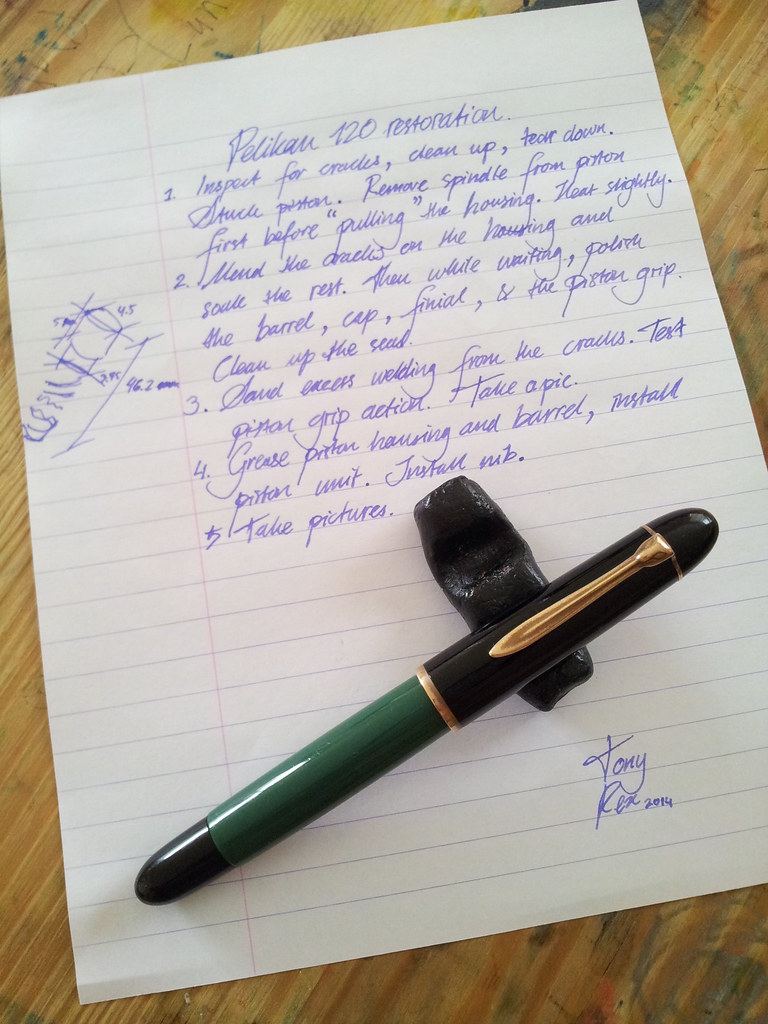
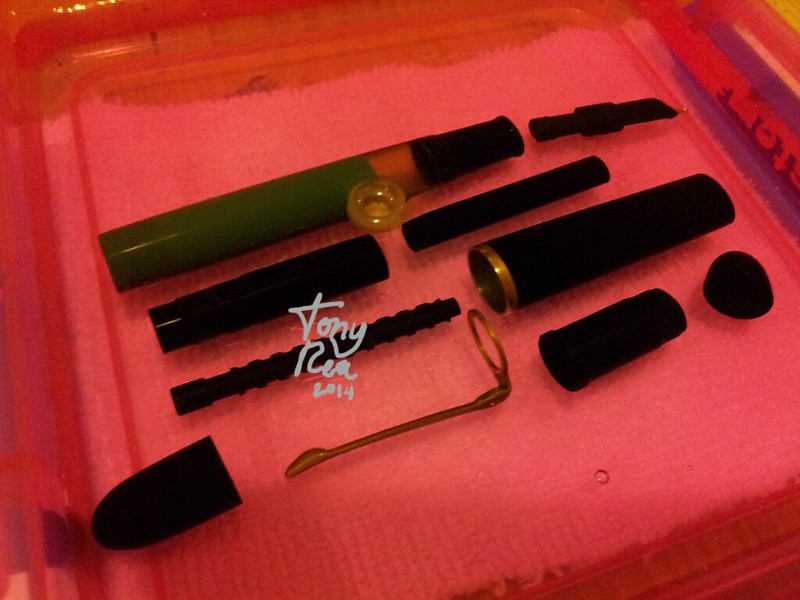
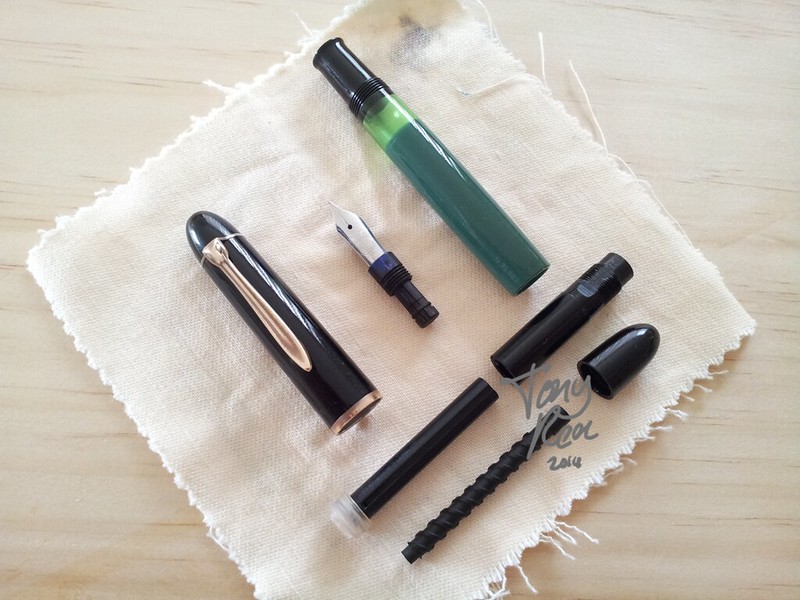

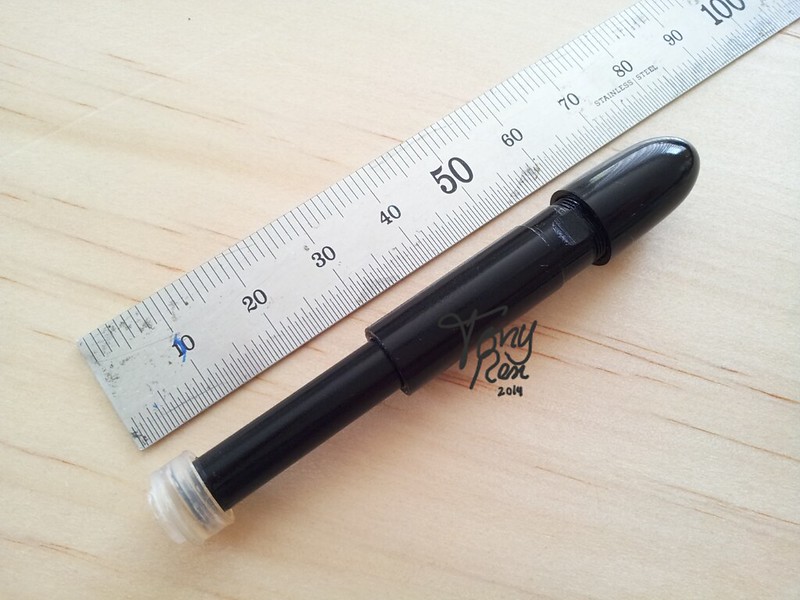
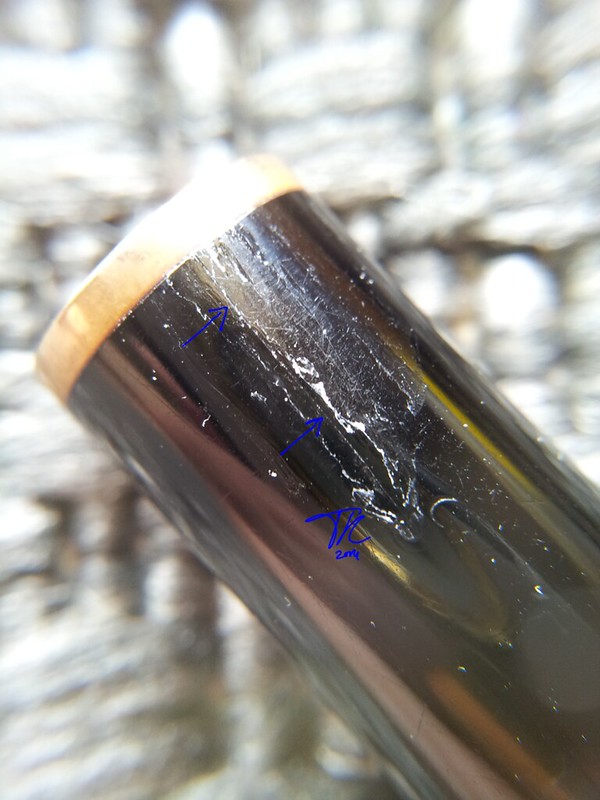
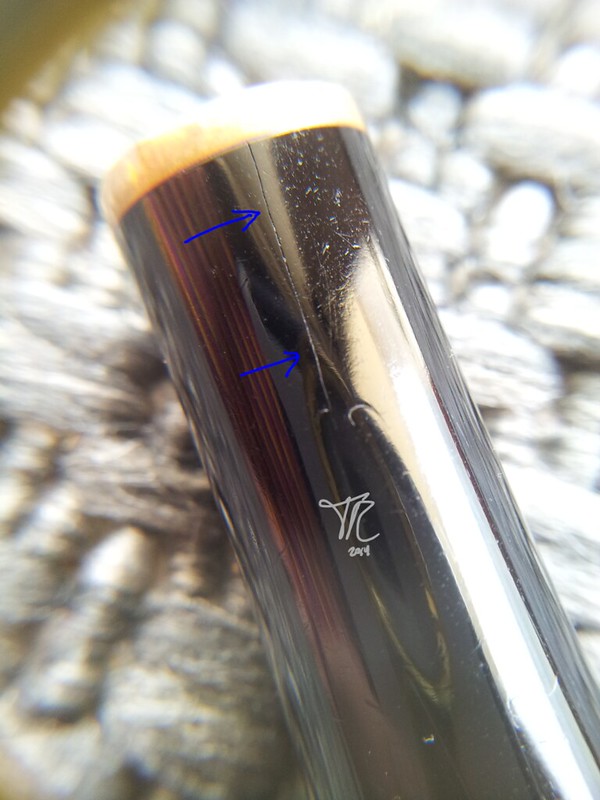
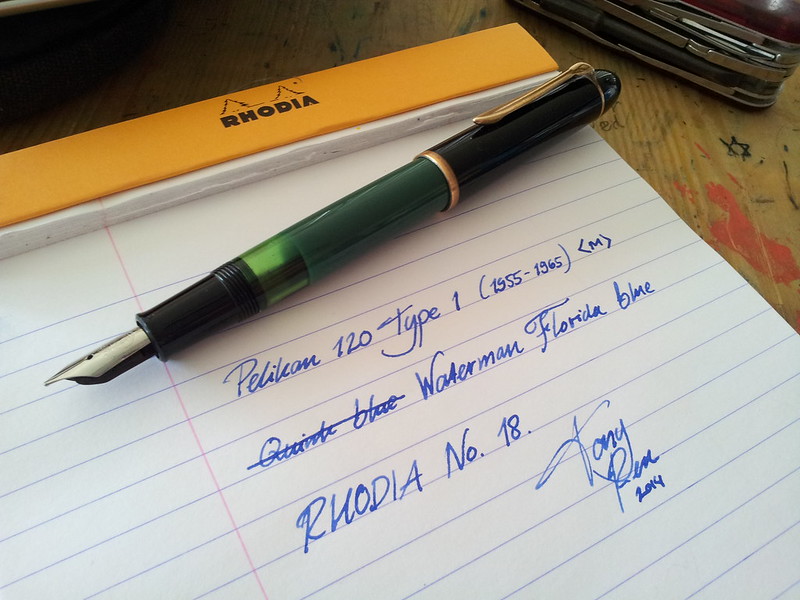
You must be logged in to post a comment.